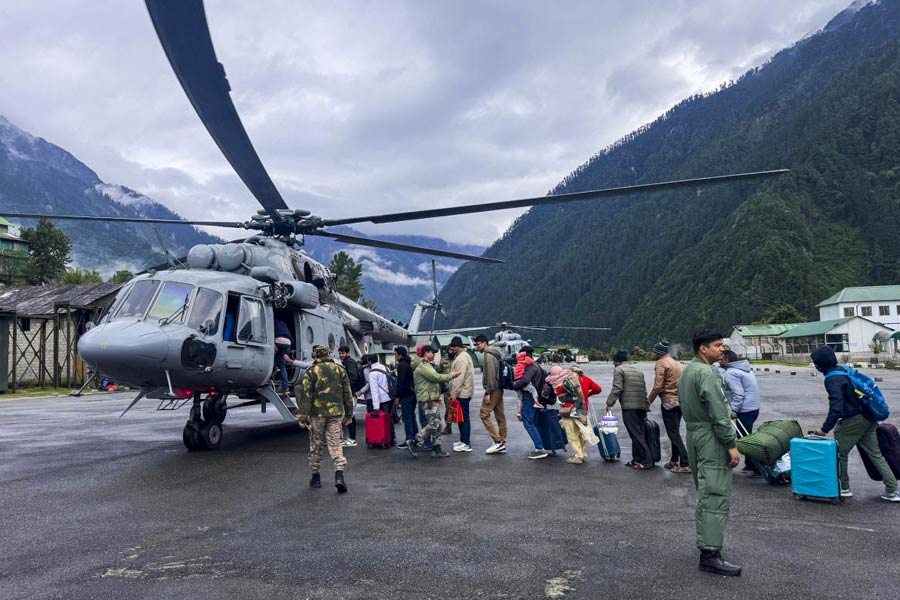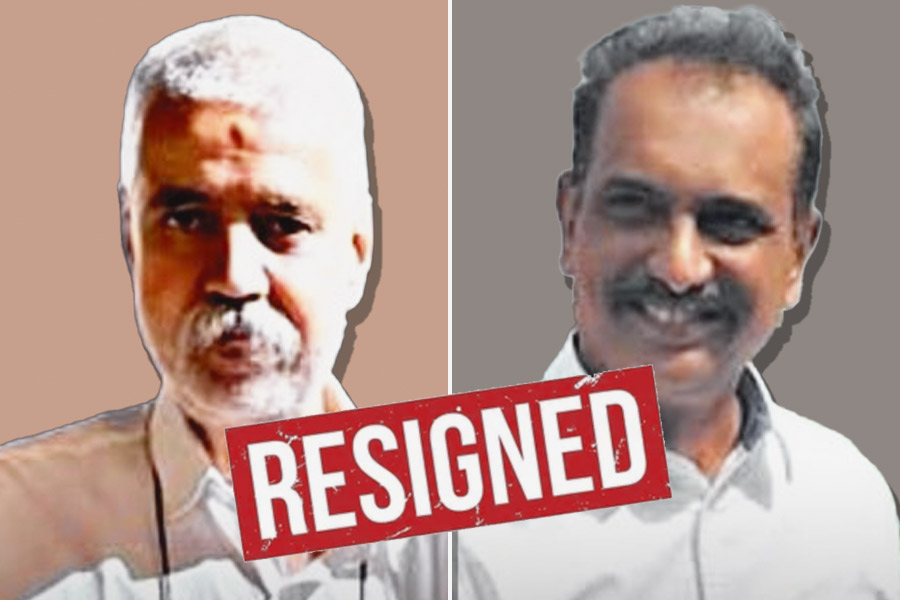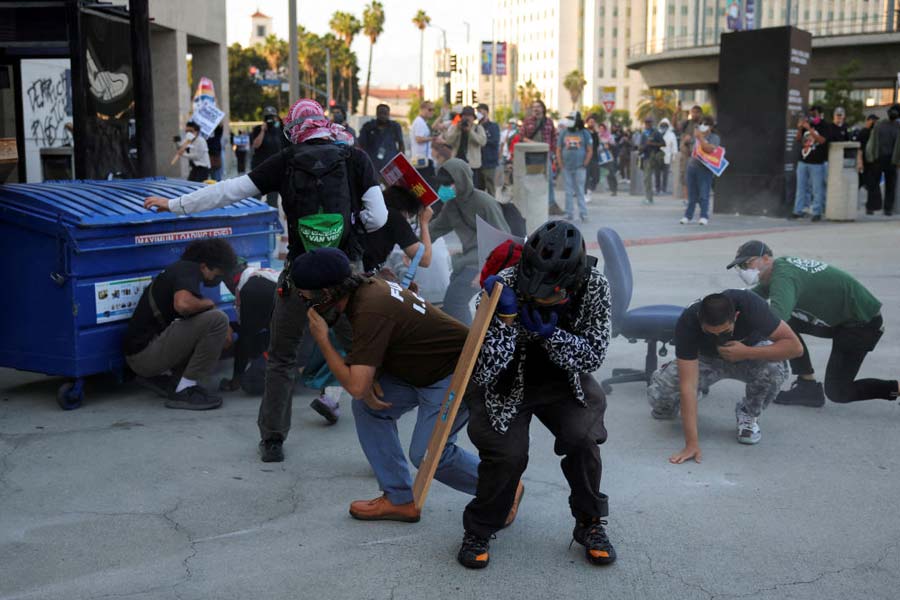The constitution of the National Human Rights Commission in 1993 marks a watershed in the human rights movement in the country. The Protection of Human Rights Act, 1993, created a high-powered commission to be headed by a former chief justice of India for protection and promotion of human rights in the country. The commission's record of performance is somewhat mixed. It has done a laudable job of creating an awareness of human rights in the country and sensitizing public servants and political authorities. But its record has been uninspiring in many other spheres of its work and, over the years, there has been a steady decline of its credibility. Many a civil society group (at times, unfairly) has become critical of the commission. The commission's recommendations also do not always receive serious attention from the government.
A combination of external and internal factors has been responsible for the gradual erosion of the NHRC's credibility and effectiveness. Some of the infirmities of the commission are embedded in the Act itself. The PHRA gives NHRC only recommendatory powers. It cannot issue judicially enforceable orders - which gives rise to the criticism that it lacks teeth.
A high-powered commission should be vested with some authority to enforce its decisions. The commission is totally dependent on the government for its manpower and financial requirements. Section 19 of the PHRA further emasculates the NHRC and prevents it from inquiring into violations of human rights by the armed forces, which include within its ambit the Central paramilitary forces. The commission thus cannot inquire into egregious violation of human rights in the insurgency-affected areas in Kashmir or the Northeast.
The commission receives a large number of complaints regarding various kinds of violation of human rights. The number has swelled exponentially over the years. This speaks of the growing credibility of the commission and the the people's yearning for a trouble-free, expeditious process of justice. The commission has awarded compensation to victims in a large number of cases and also ensured that its recommendations in this regard are complied with. But it has failed to ensure that the violators are given appropriate punishment. Again, disposal of a large number of complaints in limine continues to cause disappointment among complainants. A more victim-centred, responsive approach should replace a formal and legalistic one in the NHRC. The commission is becoming a victim of its own formalism.
The NHRC has urged state police authorities to open human rights cells in police headquarters. This body will take steps in training and sensitizing policemen in human rights issues. The NHRC also refers many cases of complaints against the police to the human rights cells at the police headquarters. Unfortunately, most of these centres have become dysfunctional and the NHRC has failed to galvanize them.
The NHRC has pressed the state governments to set up state human rights commissions in keeping with the provisions of the PHRA. However, over the years, many of the SHRCs have become dysfunctional. The PHRA makes each SHRC an independent entity, with very little supervisory control exercised by the NHRC. Moreover, the act stipulates that the NHRC cannot inquire into any matter pending before a state commission. This provision has been used by scheming violators to avoid an inconvenient forum and getting complaints filed before a forum of their choice.
The experience of human rights commissions in different countries of the world shows that the hopes raised by these bodies often remain unfulfilled and this becomes a cause of disappointment. The same is the story of the NHRC in India.











